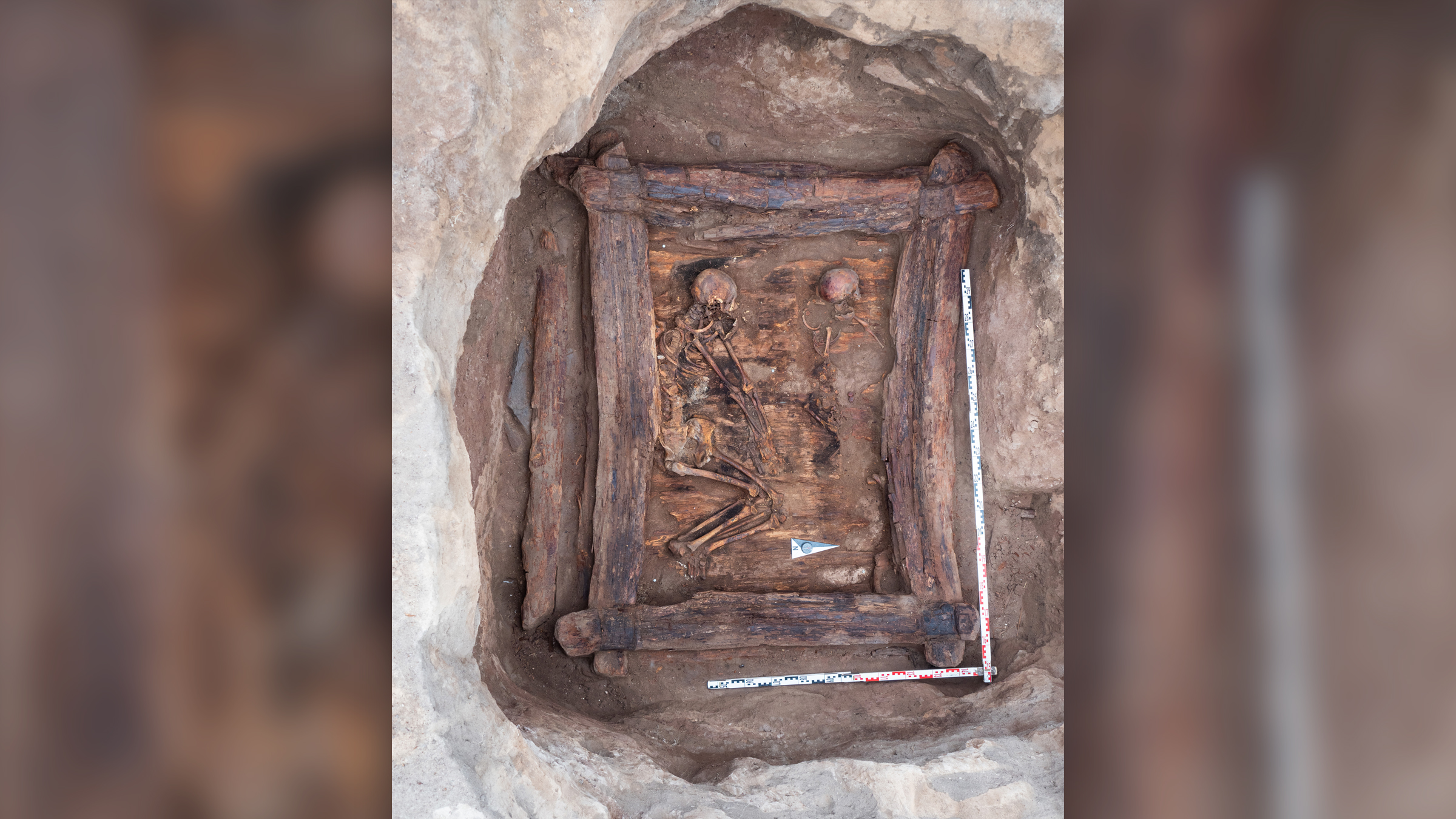
Valley of the Kings
The Valley of the Kings, also known as the Valley of the Gates of the Kings, is a valley in Egypt where, for a period of nearly 500 years from the 16th to 11th century BC, rock-cut tombs were excavated for the pharaohs and powerful nobles of the New Kingdom. The valley stands on the west bank of the Nile, opposite Thebes, within the heart of the Theban Necropolis. The wadi consists of two valleys: the East Valley and the West Valley. With the 2005 discovery of a new chamber and the 2008 discovery of two further tomb entrances, the valley is known to contain 64 tombs and chambers. It was the principal burial place of the major royal figures of the Egyptian New Kingdom, as well as a number of privileged nobles. The royal tombs are decorated with scenes from Egyptian mythology and give clues as to the beliefs and funerary practices of the period. Almost all of the tombs seem to have been opened and robbed in antiquity, but they still give an idea of the opulence and power of the pharaohs.
